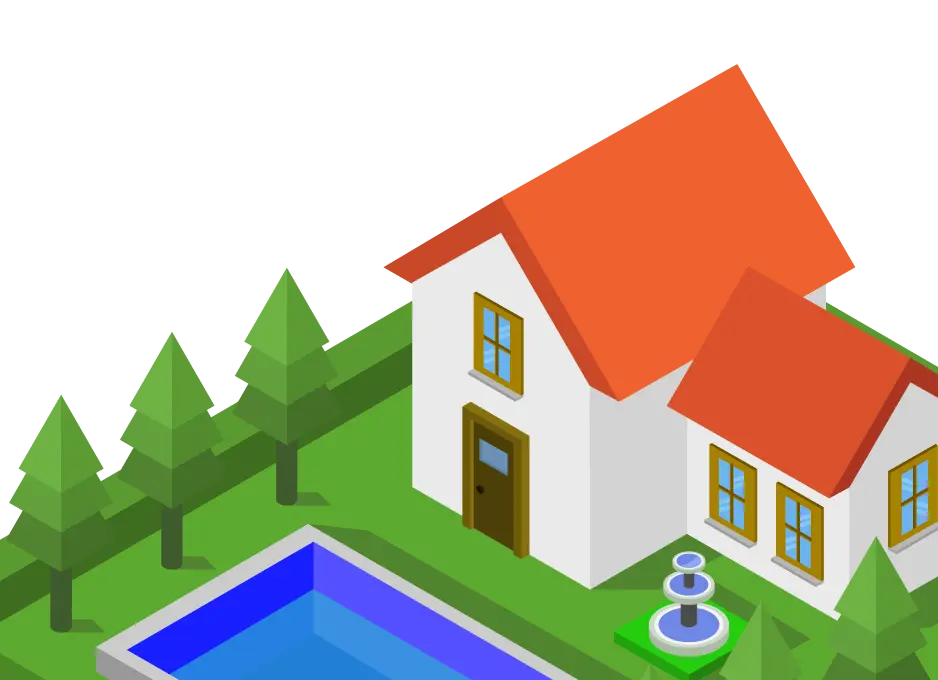Daddy long legs – harmful or harmless?

Have you heard that the “daddy long legs” is extremely venomous? Have you also heard that the only thing keeping this creature from terrorizing all of humanity is its tiny mouthparts that are unable to pierce human skin?
To complicate the matter, three different leggy beasts are called daddy long legs or granddaddy long legs – so which one was supposedly claimed to be dangerous? Let’s explore each critter and determine if there is any truth to this claim.
Cellar spiders
Cellar spiders, or cellar door spiders, are frail spiders with freakishly long and thread-like legs. Their abdomens may be round, sausage-shaped, or peanut-shaped. When disturbed, they often vibrate quickly in their webs, becoming a fast-moving blur. While unsettling to behold, this behavior might make it difficult for a predator to focus in on the spider. They will run or drop from their webs if pestered further. These spiders are responsible for most of the cobwebs that we see in warehouses and garages.
There are roughly 1,500 species of cellar spider, so who knows which one was claimed to be dangerous. The vast majority of spiders are venomous, but only a few species have venom potent enough to harm humans. So, are cellar spiders extremely venomous? The answer is no, their venom is relatively weak even on its intended prey. There are no documented cases of human harm and no evidence to suggest they are dangerous to humans. Is it because their mouthparts are too small to pierce human skin? Despite their small fangs, they are capable of puncturing human skin. A bite can be unpleasant, but the effects are short-lived.
Cellar spiders have been known to capture and consume dangerous spiders like black widows, which may have led to the belief that they must be highly venomous in order to take on venomous prey. The truth is that they do not tackle such dangerous prey head-on, rather, they cast lengths of silk to entangle such prey from a safe distance.
Harvestmen
Harvestmen are arachnids – they have eight legs – but they are not spiders. One of the major physical differences is that harvestmen do not have a defined “waist” like a spider. Some have long legs, but others have short legs and look more like chunky mites.
There are some 6,500 species of harvestmen, so which one might be dangerous? The answer is none of them, because harvestmen lack venom glands entirely. They show no inclination to bite. Even if they did, it would feel like nothing more than a poke or pinch.
Crane flies
Crane flies resemble giant mosquitoes. They go by many names, including daddy long legs, mosquito eaters, and mosquito hawks. But they are not mosquitoes, and they do not eat mosquitoes. They are weak fliers that are attracted to lights at night, and when they get inside they bounce around against the walls and ceiling, causing panic among the house inhabitants. Their legs detach easily from their bodies as a defense mechanism, adding to their creepiness factor.
There are over 15,000 species of crane fly. Are any of them dangerous? Well, most of them don’t even have functioning mouthparts. That means they can’t eat, much less bite. The ones that are able to eat have a mouth like a sponge, which they use to suck up nectar during their very short adult lives.
Female crane flies may have a projection at the tip of their abdomen, but this is simply the tube-like structure they use to lay eggs. It is not a stinger, they do not have venom, and it cannot pierce human skin.
The venomous daddy long legs claim conveniently uses an ambiguous common name, but we’ve gone out of our way to explore every daddy long legs possibility. Cellar spiders, harvestmen, and crane flies may be creepy and annoying, but they are anything but harmful. Like most astounding claims, this one is false.
